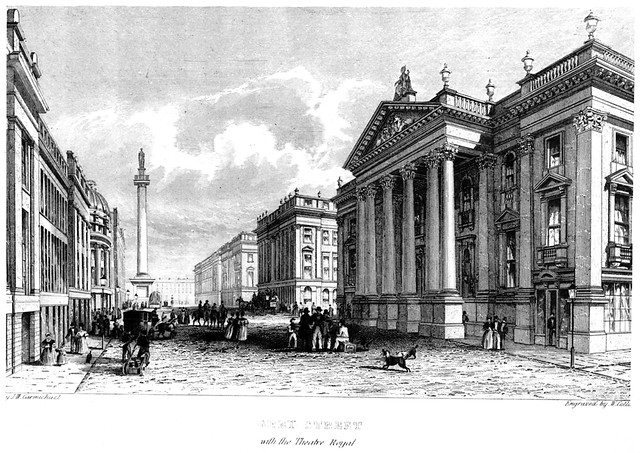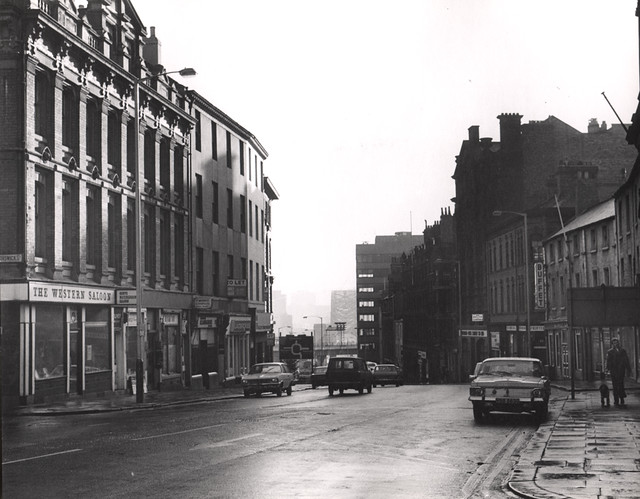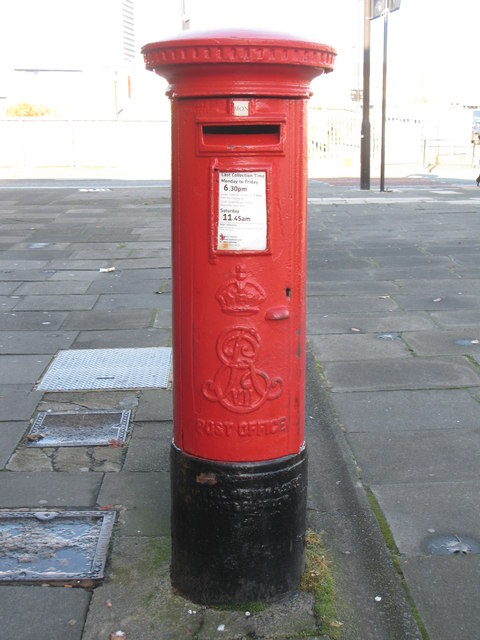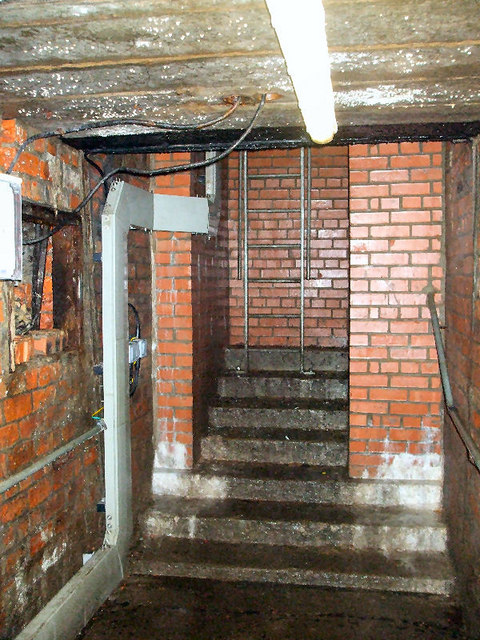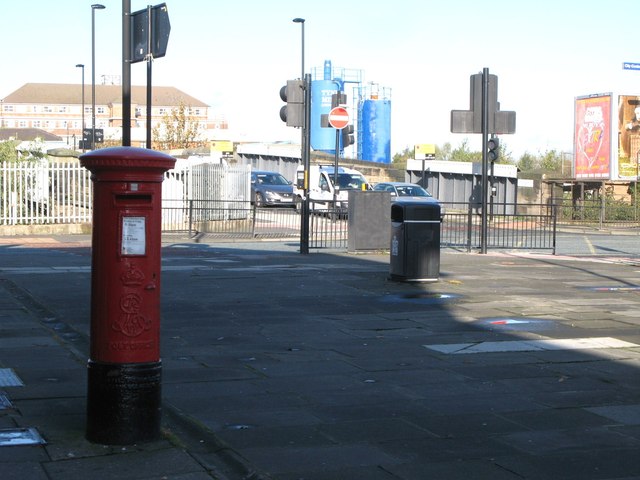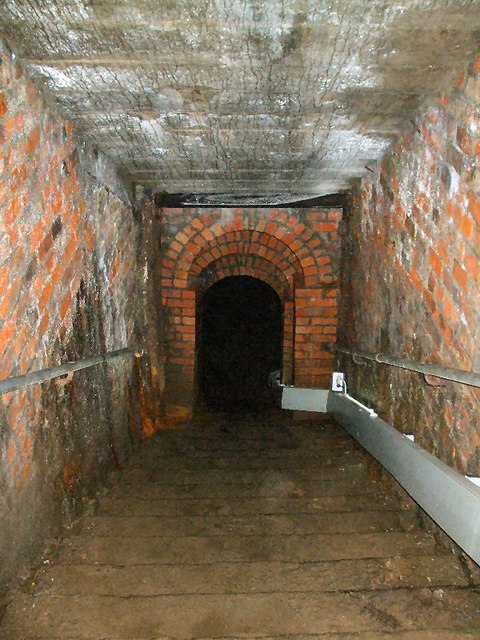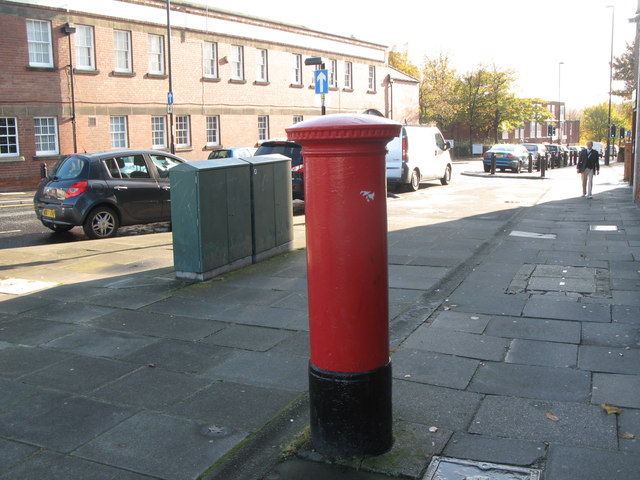Topics > Newcastle City Centre > Streets > Pilgrim Street > History of Pilgrim Street and Adjoining Streets
History of Pilgrim Street and Adjoining Streets
Historical accounts of Pilgrim Street in Newcastle upon Tyne.
Extract from Eneas Mackenzie, Historical Account of Newcastle-Upon-Tyne Including the Borough of Gateshead. Mackenzie and Dent, Newcastle-upon-Tyne, 1827.
Pilgrim Street is said to have derived its name from the pilgrims who lodged in it, that came from all parts of the kingdom to worship at Our Lady's chapel at Jesmond. "There was an inn in this street," says Bourne, "which the pilgrims were wont to call at, which occasioned their constant coming up this street, and so it got its name of Pilgrim Street, as the inn did that of Pilgrims' Inn". In the copy of a grant of a house to Brinkburn Priory in Northumberland, dated 1292, this street is called Vicus Peregrinorum. Brand supposes there were more pilgrims' inns in this street than one; for, in 1564, mention occurs of the execution of one Partrage, for coining false money in "the greate innes in Pilgrim Street." He is also of opinion, from a passage in Bale's Life of Hugh of Newcastle, the famous Franciscan, that pilgrims came hither too to visit certain reliques of St. Francis that were preserved in the house of Grey Friars, near the head of this street. Hodgson, on the authority of an old MS. states that there was a place of sanctuary, or refuge, near the Pilgrims' Inn.
Grey calls this the longest and fairest street in the town. Bourne says that "from Upper Dean Bridge downwards is the most beautiful part of the street, the houses on each side of it being most of them very pretty, neat, and regular; such are the houses of Mr. Edward Harl, Mr. Thomas Biggs, John Rogers, Esq. Thomas Clennell, Esq. Nicholas Fenwick, Esq. Nathaniel Clayton, Esq. Edward Collingwood, Esq. Mr. Perith, Mr. John White, John Ogle, Esq. Mr. Thomas Waters, Matthew White, Esq." At present, scarcely any of the families above mentioned retain their residences here; the greater part of the street having, of late years, been converted into offices, shops, and inns. It is a good, spacious street, and, at Major Anderson's gate, is 73 feet broad. Since the old gate in the town-wall was pulled down, this street and Northumberland Street form a most noble line of buildings, the effect of which is heightened by a gentle curve or bend near the High Bridge.
On the right hand, on passing down this street, stands a noble mansion, which was built in 1580, by Robert Anderson, merchant, out of the offices, and nearly upon the scite of the Franciscan priory. In Speed's Map, 1610, it is called the "Newe House;" and it was selected for the head-quarters of General Leven, during the captivity of king Charles in Newcastle. Sir Francis Anderson, Knt. in 1675 conveyed it to Sir William Blackett, of Matfen, Bart. who added the two wings to it, without attempting to preserve the style and uniformity of the building. It came into the possession of Sir Walter Blackett, Bart. by his marriage with Sir William's grand-daughter. In 1782, it was sold to Mr. George Anderson, an opulent architect, whose son, Major Anderson, the present possessor, has very properly styled it Anderson Place, it having been, at two distant periods, in the possession of different families of the same name.
Grey very properly calls this a princely house; and Bourne says, "It is surrounded with a vast quantity of ground: that part of it which faces the street is thrown in walks and grass-plots, beautified with images, and beset with trees, which afford a very pleasing shade: the other part of the ground on the west side of it is all a garden, exceedingly neat and curious, adorned with many and the most beautiful sta tues, and several other curiosities." This grand and noble mansion was long concealed from the view of the passenger by a very large wooden gate; but the present spirited proprietor has substituted an ornamental iron one, which exposes the beauties of this agreeable place. A fine avenue shaded with trees leads direct to the house, and on each side of the grass-plot is a curved coach-way. The whole combines to produce a very fine effect. In the interior of this spacious mansion are some curious and well-painted ceilings. The apartments occupied by the royal captive are calculated to dispose the mind of the visitor to reflections the most melancholy and impressive.
At the head of this noble street, a passage ran eastward, and communicated with a small field, bounded on the east side by the town-wall, and on the west by the garden walls of houses in Pilgrim Street. It formerly belonged to the family of Carlels, or Carliols, from whom it was called the Carle, or Carliol Croft. The foot-path next the wall formed an agreeable walk, presenting a prospect of the gardens on the west, the Wind-mill Hills, and the adjacent country. In Bourne's time, this walk was "generally frequented, in a summer's evening, by the gentry of this part of the town." In 1823, the south end of this field was purchased of the proprietor, James Graham Clarke, Esq. for building upon it the New Prisons and House of Correction. A street, nearly 50 feet wide, is now nearly completed, called Carliol Street, which runs from the Prisons to New Bridge Street; and another narrower street runs in a similar direction, called Erick Street, from a small runner of water, called Erick Burn, which bounded the west margin of the Croft.
On the east side of Pilgrim Street there are several pleasant, well-built ranges of houses, which stretch downwards towards Erick Burn. The principal of these are, Hill's Court, so called from Mr. Richard Hill, the late town's marshall; the court that conducts to the Roman Catholic chapel; Wellington Place, erected by the late Joseph Bainbridge, Esq.; and Bell's Court, which is now used as a thoroughfare to Carliol Street. Below this last is the meeting-house of the people called Quakers, adjoining to which is a burying-ground for persons of that denomination.
A little further down, on the same side of the street, is the Manor Chare, which leads to Jesus' Hospital by a part formerly styled Austin Chare, as conducting to the house of the Augustine Friars. The part which leads from thence to the head of the Broad Chare, was anciently called Cow-gate; for previous to the building of Mosley and Dean Streets, it was usual for cattle and carriages passing from the north to go by this street, Cow-gate, and the Quay, to the Bridge, in order to avoid the danger and inconvenience of descending the Side. The present name of this street is accounted for by the house of the Austin Friars, after the dissolution, being called the King's Manor. "The Taylor's meeting-house," observes Bourne, "was formerly at the very end of the chare, in that house which fronts Pilgrim Street, which, by the marks still remaining of a large window, seems to have been a chapel, as well by the tradition of the people thereabouts."The Tailors afterwards removed their meetings to a house a little below the east end of the chare; and this meeting-house was fitted up into an inn, known by the name of the Three Tuns. This old building was lately pulled down, and rebuilt in a modern and substantial manner: the front is converted into shops and offices, and the back part into a spacious public house. Since the year 1788, the Tailors have met in their ancient hall in the Black Friars. In this street the Methodists of the New Itinerancy have a neat chapel, called Bethel, a little above which is the entrance into Messrs. Pickersgill and Co.'s waggon-yard. The hospitals and other public buildings will be noticed hereafter.
The market for wheat was formerly held in Pilgrim Street, below the head of the Manor Chare. A little further down, on the west side of the street, is the Low Bridge, or Nether Dean Bridge, so called from the bridge across the dean, and which communicated with St. Nicholas' Church-yard. The high and ancient arch of this bridge was supposed to be of Roman architecture; and some imagine that the famous stone barrier of that warlike people went along it. "Formerly," says Bourne, "when the merchants had their shops and warehouses in the Flesh Market, the river ebbed and flowed above this bridge, and the boats came under it with the ware and commodities of the merchants." The narrow lane which is still called the Low Bridge is flagged, and consists principally of shops for the sale of old clothes.
A little lower down, the Painter Hugh, or Heugh, by a steep descent, conducts to nearly the foot of Dean Street. There is a flight of stone steps on one side for the convenience of foot-passengers. Bourne derives the name from painter, a rope by which boats are moored, and hugh, a steep hill or bank: nor is this supposition improbable, as boats were, no doubt, fastened by painters to this hill, when the tide flowed up the dean to the Low Bridge, before the river was embanked by the Quay.
At this place Pilgrim Street becomes narrower; and further down, on the east side, is Silver Street, which leads down a very steep hill, impassable for carriages, to Pandon. This street appears to have had several names: it was anciently called All-Hallow-gate, as also Temple-gate, it should seem from the circumstance of its communicating with All Saints' church. It occurs too in old writings with the name of Jew-gate, which, as well as its present name, probably originated in the same cause, that is, from the place being principally inhabited by Jews who dealt in silver plate. There is at present a Presbyterian meeting-house in this street. Below Silver Street, and on the west side of Pilgrim Street, there is a long descent, by steps, to the foot of the Butcher Bank. This passage is called George's Stairs.
At the foot or southern extremity of Pilgrim Street, two narrow streets branch off in opposite directions. That on the left hand, which leads down a steep hill to Cowgate, is called the Dog Bank, and seems formerly to have been inhabited by Jewish merchants, as it is named Silver Street in some ancient writings. It now consists mostly of shops for the sale of furniture and old clothes. The other street communicates with the foot of the Side, and is called the Butcher Bank: it was formerly called All-hallow Bank, and takes its present name from the number of that profession dwelling here, and having their shops and slaughter-houses in it. There has long been a daily market for mutton kept in this place.
Extract from: Henry Bourne, The History of Newcastle Upon Tyne: Or, the Ancient and Present State of that Town. By the Late Henry Bourne, 1736.
THIS Street got it's Name from the Pilgrims, who came from all parts of this Kingdom to worship at our Lady's Chapel at Gesmond.
THERE was an Inn in this Street, which the Pilgrims in their Journey were wont to call at, which occasioned their constant coming up this Street, and so it got it's Name of Pilgrim-street, as the Inn did that of the Pilgrims Inn. As you descend this Street, you have on the left Hand a Passage to the Carliol-croft, which is a large Field (formerly the Property of the Carliols, now of John Rogers, Esq) bounded on one Side with the Town's Walls, and on the other by the Gardens on this Side of Pilgrim-Street.
ON that Side of it, next the Town-Wall is a very agreeable Walk, generally frequented in a Summer's Evening by the Gentry of this Part of the Town; The Proſpect of the Gardens, ſome of which are exceeding Curious, affording a good deal of Pleaſure.
THERE is a Passage from this Field into the Manour-Chare.
In the Year 1351, Sir Alexander of Hilton, and Matilda his Wife, the two Patrons of the Chapel of Gesmonde, presented to it one Sir William of Heighington to be Chaplain, who was accordingly instituted by Thomas Hatfield, Bishop of Durham, and after that inducted; as was attested at Auckland, June the 12th, 1351. But on the 27th of the Month following he gave it up, declaring he had no right or Title to it. [.....]
ON the Right-hand, as you deſcend from this Gate of Pilgrim-Street, is the High-Frier-Chare, which leads into Newgate-Street. There was in this Lane a Fryery, which occasioned it's Name.
IT was situated somewhere about Ficket-Tower, which is the next round Tower to Pilgrim-gate.
Extract from: William Gray, Chorographia, Or a Survey of Newcastle Upon Tine, 1649.
EAST again is Pilgrim Street, the longest and fairest street in the Town. In it is a Market for Wheat and Rye every Tuesday and Saterday.
Likewise an house called the Pilgrims Inn, where Pilgrims lodged that came to visit the Shrine in Gesmond, or Jesu de Munde, which occasioned to call this street Pilgrim-street.
In the upper part of this street is a Princely house, built out of the ruines of the Black Fryers.
Both East and West of this street is many passages into other parts of the Town; as the neither and higher Deane-Bridge into the West; the Mannour Chaire upon the East, having a way to that sumptuous build∣ing of the Minorites, of old called Saint Augustin Fry∣ers; also a street called Silver Street, having a passage down to Pandon.
Some spellings differ from those used today! For example Bourne refers to "Gesmond" which we now know as "Jesmond". Also, the content has been scanned and the optical character recognition may not be perfect because of the condition of the books and old style print.
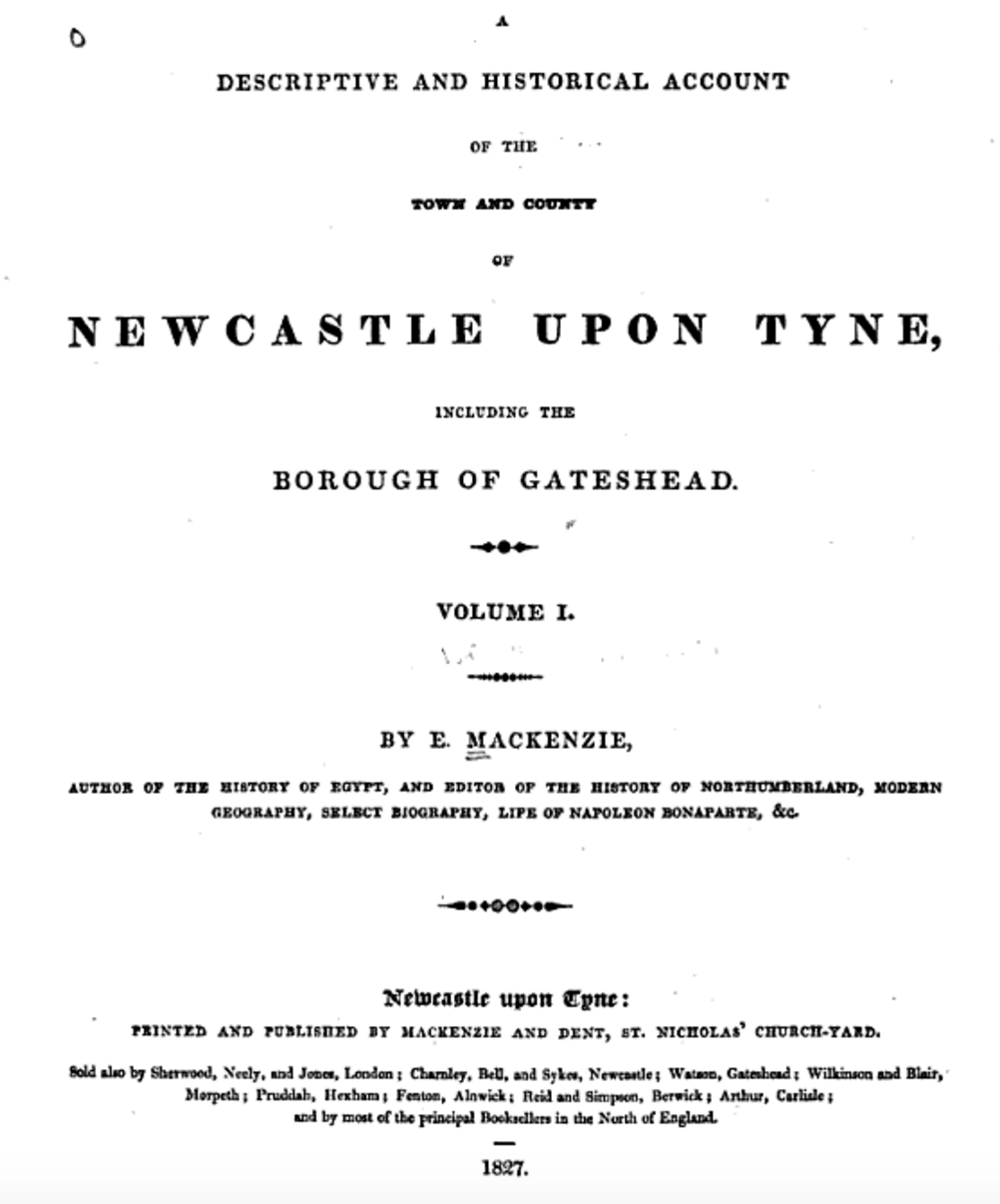
from https://books.google.co.uk/bo…
A Descriptive and Historical Account of the Town and County of Newcastle Upon Tyne: Including the Borough of Gateshead. Eneas Mackenzie, 1827.
- Digitised Google eBook.
Added by
Simon Cotterill

from http://books.google.co.uk/boo…
The History of Newcastle Upon Tyne: Or, The Ancient and Present State of that Town. Henry Bourne, 1736
- Free eBook digitised by Google
Added by
Simon Cotterill

Co-Curate Page
Anderson Place, Newcastle
- "Anderson Place was Newcastle's most spectacular house, the largest, it is said, in the country within a city wall. Originally the land belonged to the church but became the property …


from https://books.google.co.uk/bo…
A Descriptive and Historical Account of the Town and County of Newcastle Upon Tyne: Including the Borough of Gateshead. Eneas Mackenzie, 1827.
- Digitised Google eBook.
Added by
Simon Cotterill

from http://books.google.co.uk/boo…
The History of Newcastle Upon Tyne: Or, The Ancient and Present State of that Town. Henry Bourne, 1736
- Free eBook digitised by Google
Added by
Simon Cotterill

